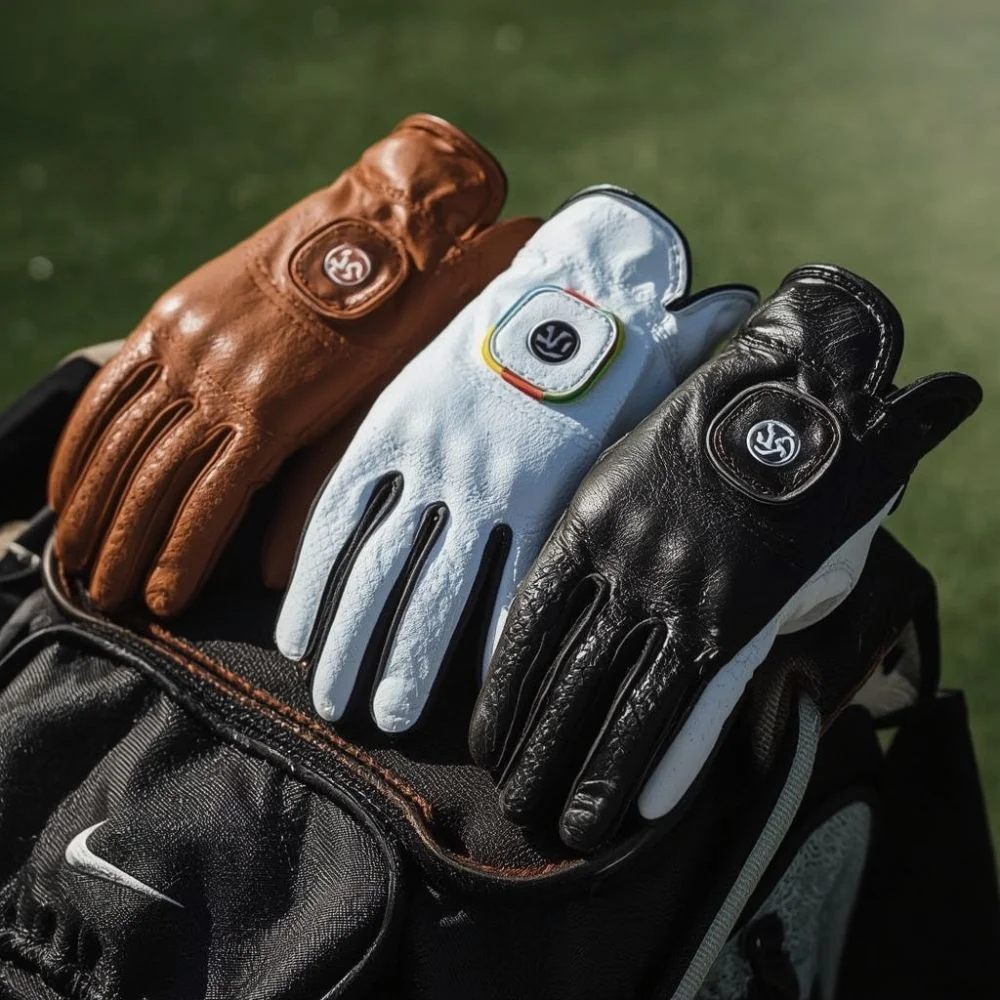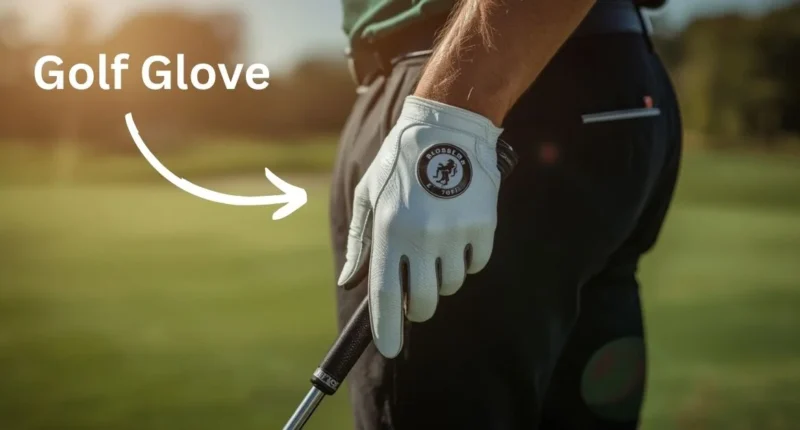If you’ve ever watched professional golfers, you’ll notice almost all of them wear a golf glove on their lead hand. But why is a glove so important? The answer is simple: a good golf glove improves your grip, enhances control, reduces blisters, and provides confidence during your swing.
Why Do Golfers Wear Gloves?
Before getting into buying tips, let’s answer the big question: why wear a golf glove at all?
- Better Grip: Golf gloves prevent the club from slipping, especially in humid or sweaty conditions.
- Comfort: They reduce friction and prevent blisters from forming on your hands.
- Control: A snug glove ensures consistent control of your swing.
- Weather Protection: Some gloves are designed specifically for rain or cold, helping you play in all conditions.
In short, gloves are not just accessories; they are tools that can impact your scorecard.
Step 1: Choose the Right Hand
One common beginner mistake is buying a glove for the wrong hand. Here’s the rule:
- Right-handed golfers wear a glove on their left hand.
- Left-handed golfers wear a glove on their right hand.
This is because your lead hand does most of the gripping work, and that’s where you need the extra support.
Step 2: Pick the Right Material
Golf gloves are made from different materials, each offering its own pros and cons.

1. Leather Gloves
- Soft and premium feel.
- Excellent grip, especially when new.
- Breathable and molds to your hand.
- Downsides: less durable and may wear out faster if you play often.
2. Synthetic Gloves
- More durable and affordable than leather.
- Stretchy, lightweight, and resistant to moisture.
- Great for casual players or humid climates.
- Downsides: not as soft or natural-feeling as leather.
3. Hybrid Gloves
- A combination of leather (for grip) and synthetic (for flexibility and durability).
- A great middle-ground option for golfers who want both feel and longevity.
4. Weather-Specific Gloves
- Rain Gloves: Specially designed to grip even when wet.
- Winter Gloves: Provide warmth and insulation in cold conditions.
Step 3: Find the Perfect Fit
The fit of your glove is perhaps the most important factor. A glove that’s too loose will slip, while one that’s too tight may tear or feel uncomfortable.
Tips for the Perfect Fit:
- The glove should feel like a second skin, snug but not restricting.
- There should be no excess material at the fingertips or palm.
- The Velcro tab should only cover about 75% of the strap (not fully stretched).
Test your grip on a club with the glove on it should feel natural and secure.
Pro Tip: If you’re between two sizes, always go with the tighter one since gloves tend to stretch with use.
Step 4: Consider Grip and Feel
Golf is a game of touch and control, so your glove should enhance, not hinder, your feel of the club.
- Leather gloves offer the best feel for precision players.
- Synthetic gloves may feel less sensitive but provide consistency.
Some golfers even remove their glove when putting to maximize touch.
Step 5: Durability vs. Performance
Golf gloves don’t last forever. Depending on how often you play, a glove can last a few weeks to a few months.
- If you play daily, you may want more durable synthetic or hybrid gloves.
- If you play casually, a premium leather glove may last long enough and give you a better feel.
Rotate between 2–3 gloves to extend their lifespan.
Step 6: Weather and Playing Conditions
The weather you play in affects your glove choice:
- Hot & Humid Climates: Breathable synthetic or mesh-backed gloves keep your hands cool.
- Rainy Days: Rain gloves maintain grip even when soaked.
- Cold Weather: Thermal or insulated gloves keep your hands warm while swinging.
Step 7: Budget and Brands
Golf gloves come in a wide price range from budget-friendly to premium tour models. While price doesn’t always equal performance, well-known brands often deliver better quality.
Popular Golf Glove Brands:
- FootJoy
- Titleist
- Callaway
- TaylorMade
- Nike Golf
- Mizuno
- PING
Most brands offer both premium leather models and affordable synthetic ones. Choose according to your budget and frequency of play.
Step 8: Taking Care of Your Golf Gloves
Buying the right glove is only half the battle; taking care of it ensures it lasts longer.
Glove Care Tips:
- Always air-dry your gloves after a round (don’t crumple them in your bag).
- Avoid leaving them in hot cars, as heat damages the material.
- Rotate multiple gloves during long rounds.
Store them flat in the original packaging or a glove case.
FAQs
1. Do I need to wear a glove on both hands?
Most golfers wear just one glove (on the lead hand). However, in cold or wet weather, wearing gloves on both hands can help.
2. How often should I replace my golf glove?
It depends on usage. For frequent players, every few weeks. For casual players, every few months. Replace it once the grip feels worn.
3. Can I wash my golf glove?
Yes, but gently. Hand-wash leather gloves with mild soap and air-dry. Synthetic gloves can sometimes be machine-washed, but always check the label.
4. Why do some golfers take their glove off when putting?
Because putting requires maximum feel and touch, many golfers prefer bare hands for better sensitivity.
5. Are expensive gloves worth it?
If you play often, premium gloves can enhance comfort and feel. For casual players, a mid-range synthetic or hybrid glove is usually enough.
Conclusion
Choosing the perfect golf glove isn’t about picking the most expensive one on the shelf it’s about finding the glove that matches your hand size, playing style, weather conditions, and budget.





